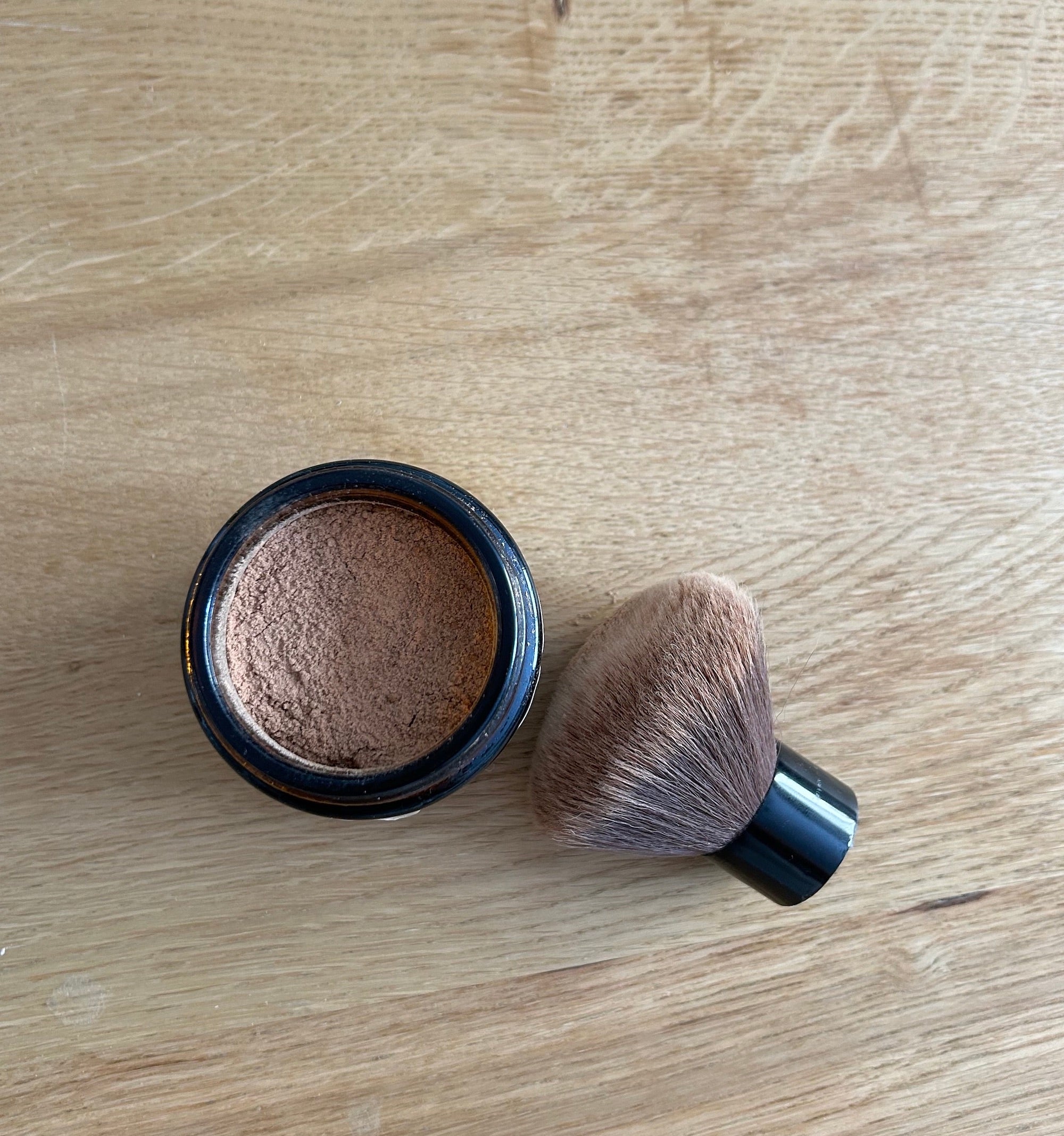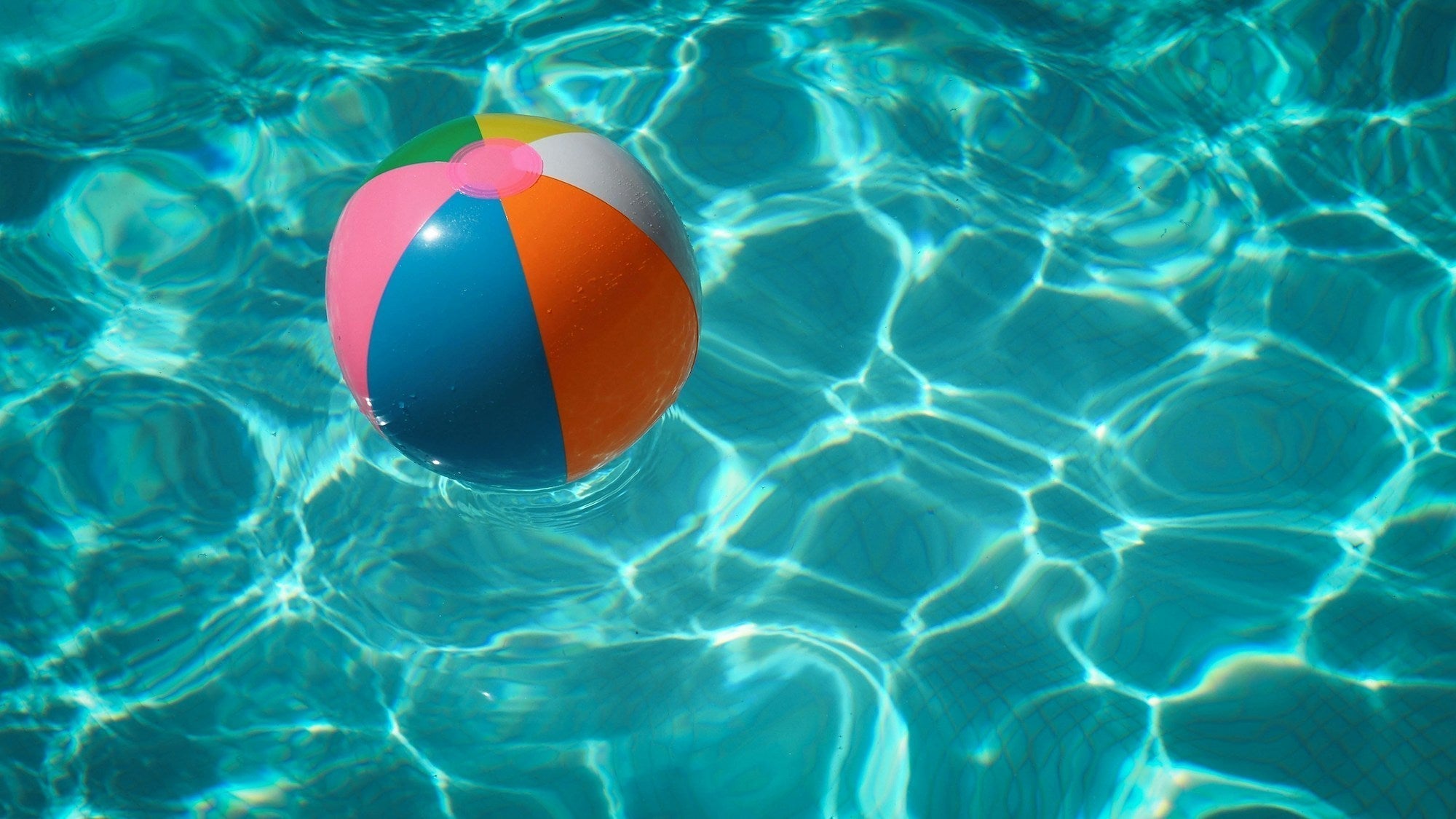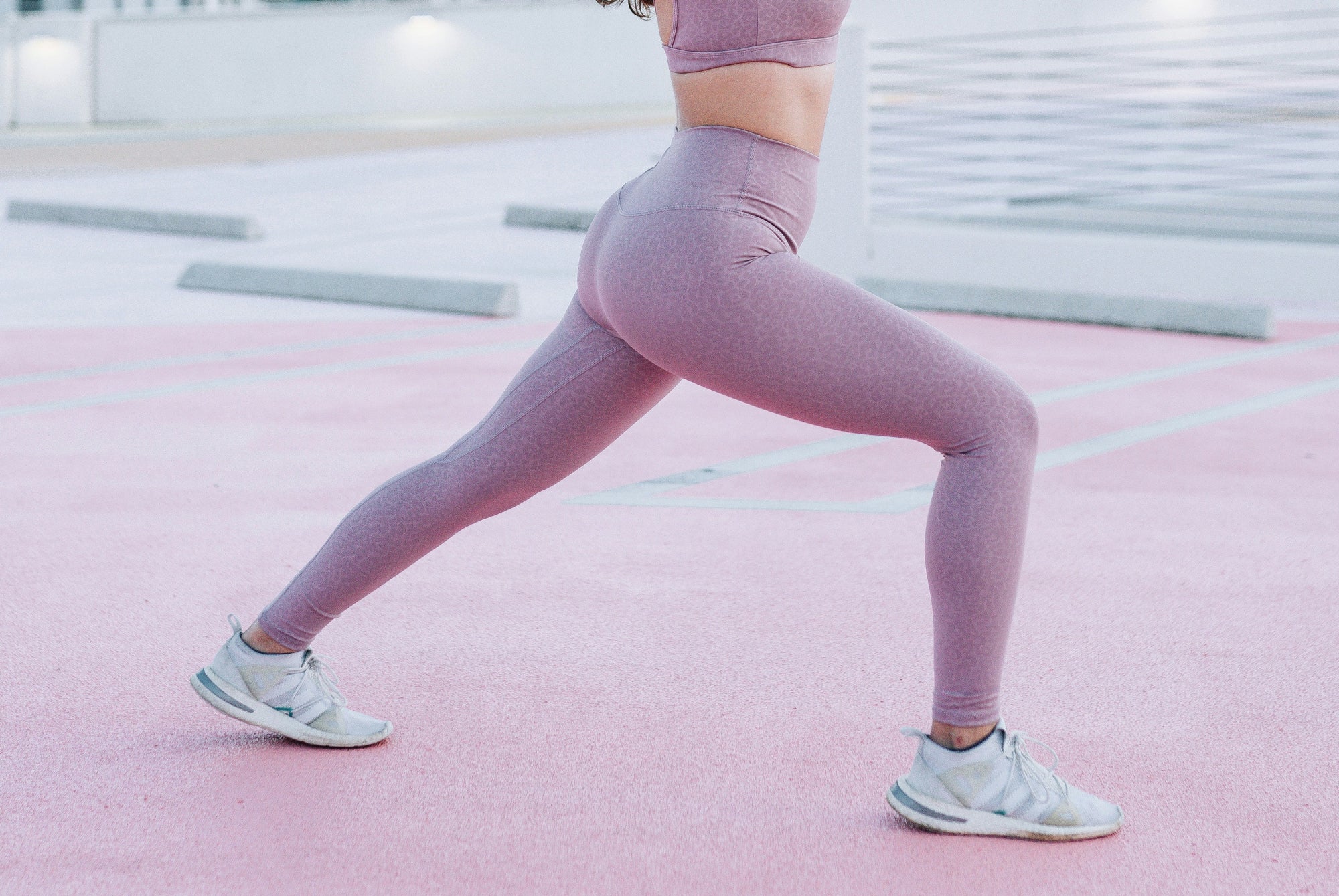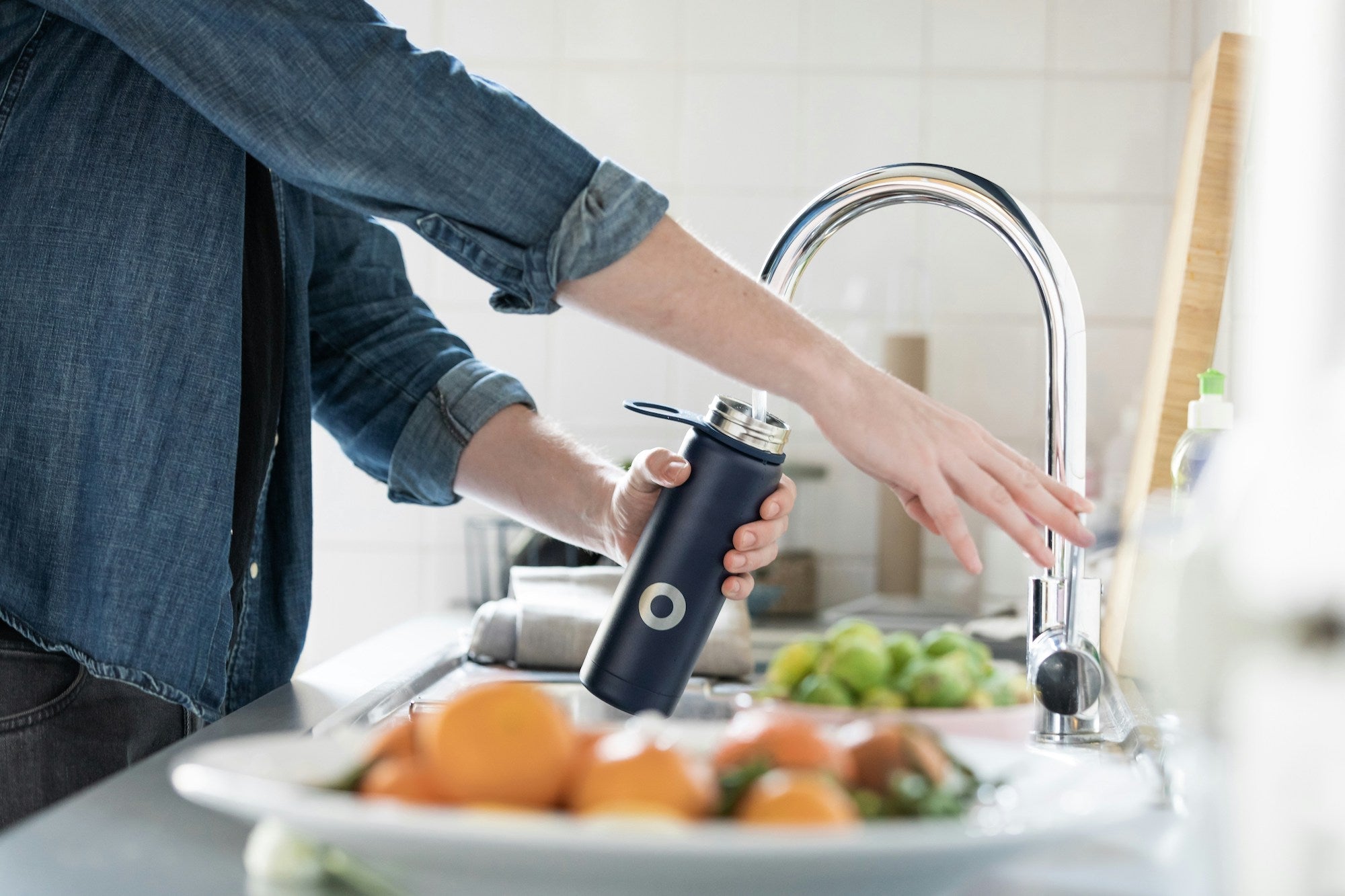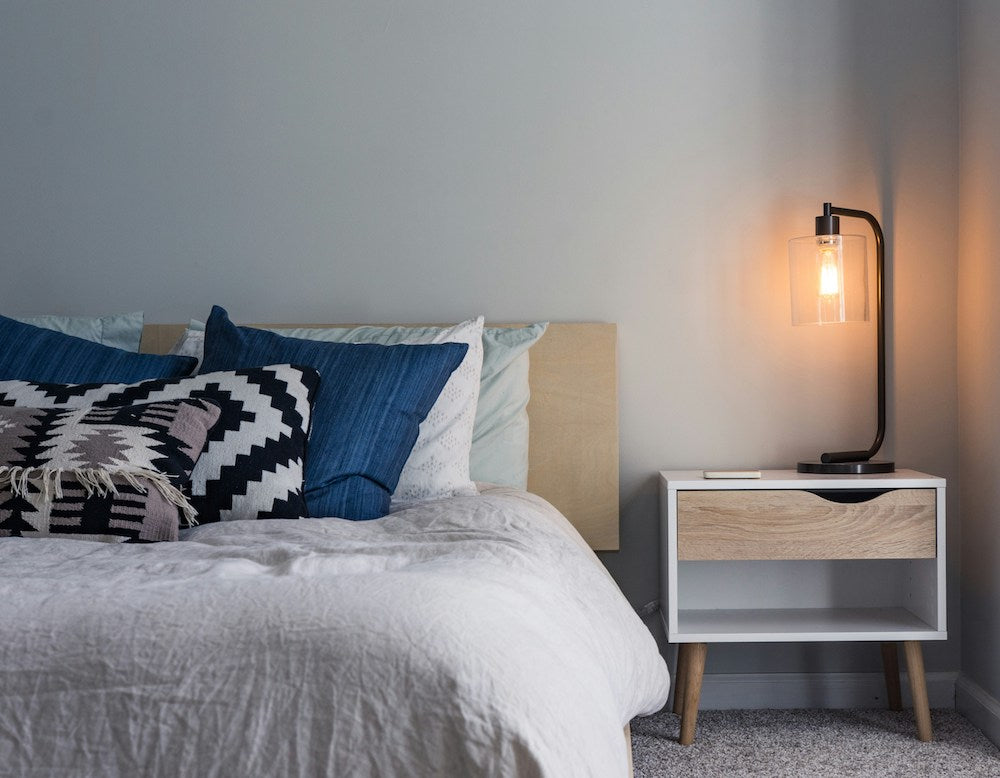
We all experience having a bad hair day (mostly on exactly the day we wake up a bit too late and have no time for a proper shampoo). Or maybe you're going to the gym most days but not wanting to wash your hair as often?
In times like these, dry shampoo is the ultimate hair hack, but unfortunately many store-bought options contain toxic chemicals that negatively impact our health. In fact, recent research brought to light that many of the most popular dry shampoo brands contain a cancer-causing chemical that we should absolutely avoid.
That's why we like to make our own at home, and it's really quick and easy. And of course, the best part: free of any nasty ingredients.
Here's how you can make your own:
For brunettes:
- 1/4 cup cornstarch/cornflour or arrowroot powder
- 1/4 cup cacao powder
- A few drops of your favourite essential oil (we don't really need our hair smelling like cacao!)
For blondes:
- 1/4 cup cornstarch/cornflour
- 1/4 cup arrowroot powder
- A few drops of your favourite essential oil for a nice scent (optional)
Directions:
- Combine the powders in a small bowl and mix well
- Add the essential oil, if that's your style (we do recommend this for brunettes, as the cacao powder can be a tad overpowering)
- Transfer to a small container to store, and apply to your roots with an old makeup brush or with your fingers.
- Leaves it for a few minutes then put your head down and shake your hair gently with your fingers to remove the excess.
Brush as usual!
Note: You can also put the dry shampoo at night just before going to bed. The next morning put your head down and gently shake your roots with your fingers.

